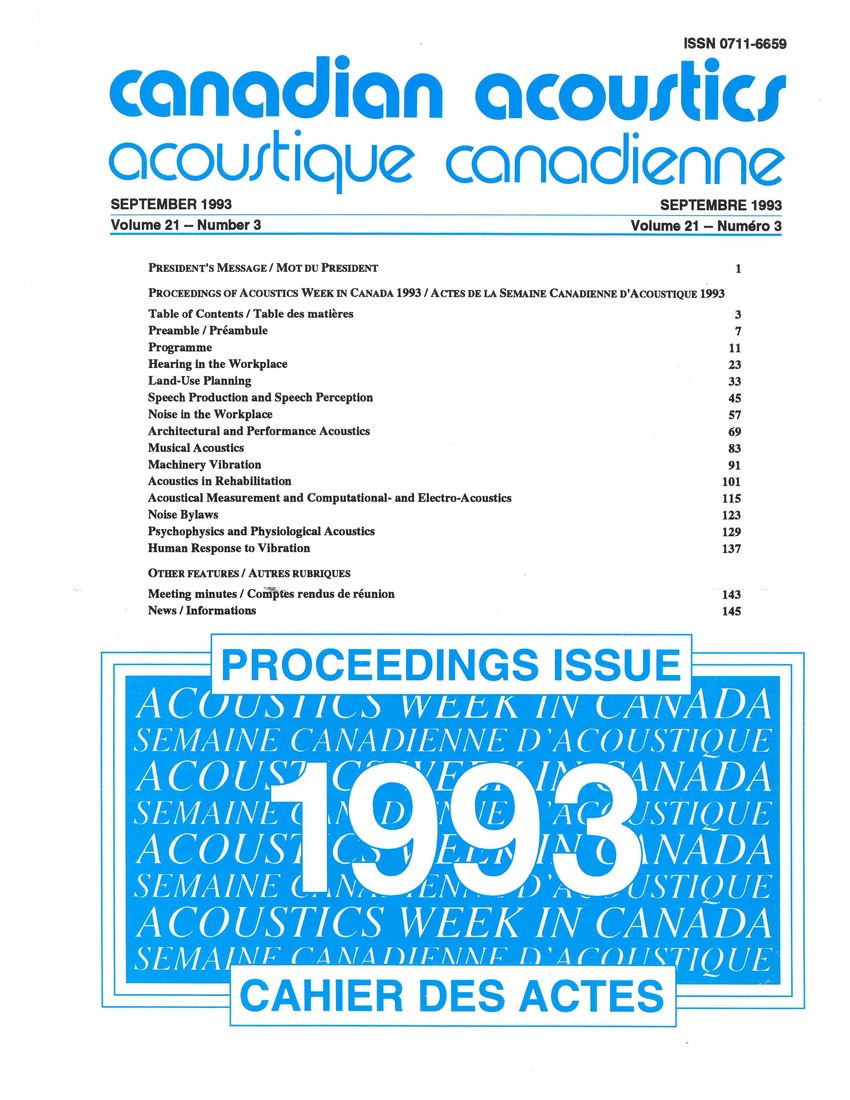Developmental plasticity of central auditory pathways: frequency representation after neonatal high frequency hearing loss
Keywords:
brain, hearing, cochleotopic organization, tonotopic organization, cochleotopic map, tonotopic map, central auditory pathways, neonatal high frequency hearing loss, sensory epithelium, cochlea, auditory cortex, midbrain, inferior colliculusAbstract
Cochleotopic (or tonotopic) organization is the systematic representation of the sensory epithelium of the cochlea within central auditory pathways including the cortex. This central mapping of the sensory surface is a feature of all sensory systems. The organization of these sensory maps can be significantly modified by abnormal patterns of excitatory input, particularly during early stages of development. The authors previous work has shown that ototoxic poisoning of the basal cochlear region (i.e., partial deafferentation) in newborn kittens results in the development of major changes to the frequency map in primary auditory cortex. Thus, regions of cortex which would normally contain neurons coding high frequencies (activity originating at cochlear base) has neurons tuned to lower frequencies. It appears that the establishment of cochleotopic maps in the auditory cortex depends on the integrity of the pattern of ascending input from the cochlea. In this study, they ask if this reorganization is a feature only of the auditory cortex or whether it also exists at the midbrain level (inferior colliculus)Additional Files
Published
How to Cite
Issue
Section
License
Author Licensing Addendum
This Licensing Addendum ("Addendum") is entered into between the undersigned Author(s) and Canadian Acoustics journal published by the Canadian Acoustical Association (hereinafter referred to as the "Publisher"). The Author(s) and the Publisher agree as follows:
-
Retained Rights: The Author(s) retain(s) the following rights:
- The right to reproduce, distribute, and publicly display the Work on the Author's personal website or the website of the Author's institution.
- The right to use the Work in the Author's teaching activities and presentations.
- The right to include the Work in a compilation for the Author's personal use, not for sale.
-
Grant of License: The Author(s) grant(s) to the Publisher a worldwide exclusive license to publish, reproduce, distribute, and display the Work in Canadian Acoustics and any other formats and media deemed appropriate by the Publisher.
-
Attribution: The Publisher agrees to include proper attribution to the Author(s) in all publications and reproductions of the Work.
-
No Conflict: This Addendum is intended to be in harmony with, and not in conflict with, the terms and conditions of the original agreement entered into between the Author(s) and the Publisher.
-
Copyright Clause: Copyright on articles is held by the Author(s). The corresponding Author has the right to grant on behalf of all Authors and does grant on behalf of all Authors, a worldwide exclusive license to the Publisher and its licensees in perpetuity, in all forms, formats, and media (whether known now or created in the future), including but not limited to the rights to publish, reproduce, distribute, display, store, translate, create adaptations, reprints, include within collections, and create summaries, extracts, and/or abstracts of the Contribution.


